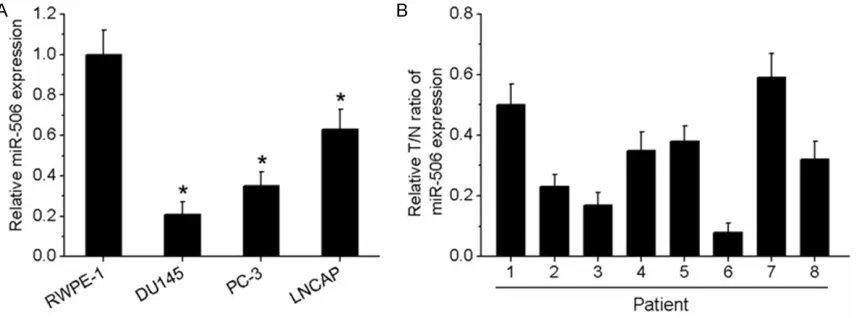Original Article MicroRNA-506 inhibits cell proliferation and invasion in prostate cancer by targeting HDAC4
Full text
Figure




Related documents
As a last example we want to specify a group of keys which leaves 254 bytes of output keystream at a round to be zero and the remaining 2 bytes with a same nonzero(may also be
4. Radiation dosimetry and biodistribution of [99 m]Tc ethylenedicysteine-deoxyglucose in patients with non-small-cell lung cancer. Eur J Nucl Med Mol Imaging. Classification
The kinetic study of extraction is made with an aqueous solution of 60 mL of silver concentration: 1803 mg/L in nitric medium (1 mol/L) with 60 mL of an organic solution of
Esto significa que mientras los problemas de informacion entre la sociedad y los tomadores de desiciones son menores, la calidad de la política pública tenderán a
In any case, for the Bank Bills (near future) and US dollar contracts there is clear support for the view that the ask-bid spread varies negatively with volume, and hence for
[168]. The mechanisms of fungal pathogenesis are much less-well understood than are those of bacterial patho- gens [169]. Recent reports show that iron plays an important role in
This review details the biology of circadian rhythms, posttranslational modifications of clock proteins that regulate the rhythms, evidences of clock gene
potential instability of interpolative decomposition (ID) [15] for very high order Legendre